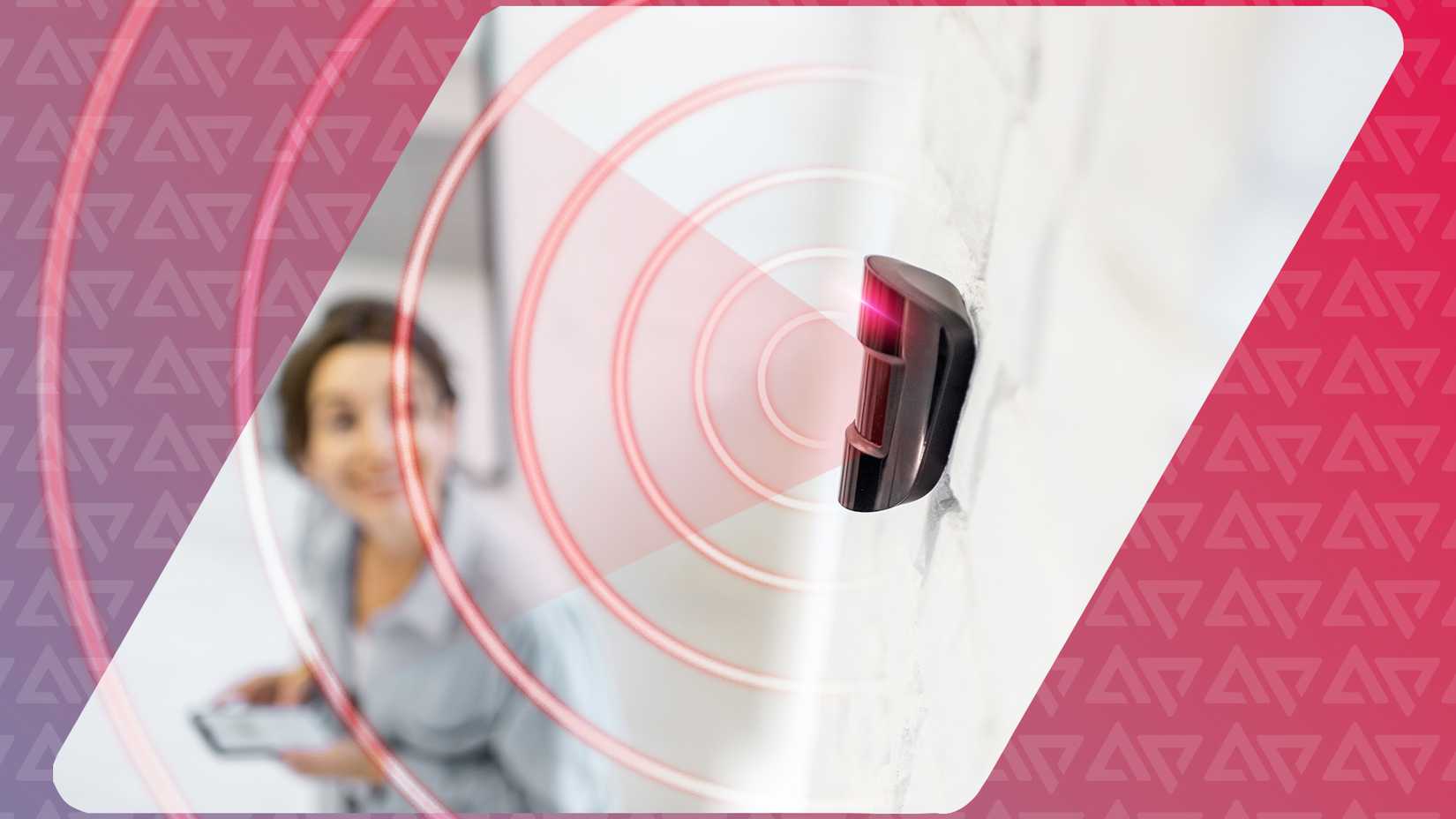In recent months, age checks online have become one of the top priorities for governments and tech giants alike. Everyone is now focused on figuring out how old users really are to make sure they’re seeing content that actually fits.
Earlier this year, Google said it would lean on machine learning to figure out users’ ages and block minors from slipping into adult corners of the internet. Now, YouTube is following through in the US, gradually rolling out its own age-guessing system to spot teens and tweak the experience to better suit them.
YouTube just shared in a blog post that it’s moving beyond relying on the birthday you typed in at sign-up. Instead, it’ll use different clues, backed by a machine learning model, to guess if you’re under 18. If the system thinks you are, it’ll automatically turn on age filters to make your viewing experience safer and more age-appropriate.
Once flagged as a teen, users get extra layers of protection: no personalized ads, limits on binge-watching certain content, and digital well-being tools like screen time tracking and bedtime nudges.
These protections aren’t brand new, as they’ve been in place for teens who verified their age. What’s changing now is that YouTube will apply them even if it just thinks you’re under 18, based on its AI guesswork.
Flagged as a teen? Here’s how to prove you’re not
If the system gets it wrong and flags an adult as a teen, there’s a fix. You’ll be able to prove your age with a government ID, a credit card, or even a quick selfie. Only folks who pass that check—or who the system confidently sees as over 18—will be able to watch age-restricted content.
YouTube’s new AI age-check system is rolling out to a small batch of US users over the next few weeks. The company says it will be watching closely to see how it goes before pushing it out more widely.
Google is not alone here, with Meta also tapping into AI to tackle the same issue. With the spotlight on online child safety in the US, platforms are under pressure to actually enforce age limits. The problem is that kids can just fake their age, and without smarter tools, companies can’t do much to stop them from seeing stuff they shouldn’t.


